Species Photo Gallery for Melanoliarus quinquelineatus No Common Name |
 | Photo by: Erich Hofmann, David George, Rich Teper, Jeff Niznik
New Hanover Co.
Comment: |  | Photo by: unknown
Out Of State Co.
Comment: UDCC_TCN 00095034, det. C.R. Bartlett, female |
 | Photo by: unknown
Out Of State Co.
Comment: UDCC_TCN 00095034, det. C.R. Bartlett, female |  | Photo by: unknown
Out Of State Co.
Comment: UDCC_TCN 00095034, det. C.R. Bartlett, female |
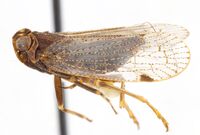 | Photo by: W.J. Morse
Out Of State Co.
Comment: UDCC_TCN 00106057, coll. W.J. Morse, det. C. R. Bartlett; male | 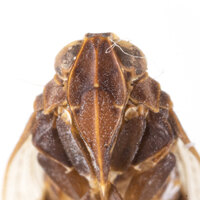 | Photo by: W.J. Morse
Out Of State Co.
Comment: UDCC_TCN 00106057, coll. W.J. Morse, det. C. R. Bartlett; male |
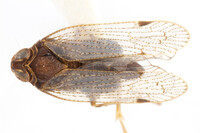 | Photo by: W.J. Morse
Out Of State Co.
Comment: UDCC_TCN 00106057, coll. W.J. Morse, det. C. R. Bartlett; male |  | Photo by: Bo Sullivan
Jones Co.
Comment: male, 6.1 mm |
 | Photo by: Bo Sullivan
Jones Co.
Comment: male, 6.1 mm |  | Photo by: Bo Sullivan
Jones Co.
Comment: male, 6.1 mm |
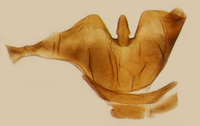 | Photo by: Bo Sullivan
Jones Co.
Comment: male, 6.1 mm | 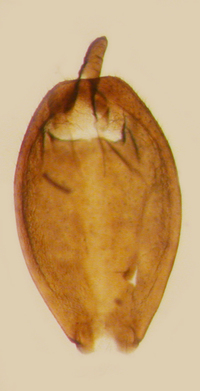 | Photo by: Bo Sullivan
Jones Co.
Comment: male, 6.1 mm |
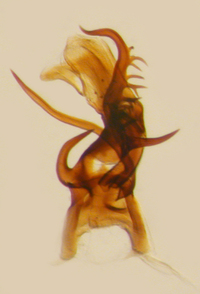 | Photo by: Bo Sullivan
Jones Co.
Comment: male, 6.1 mm | 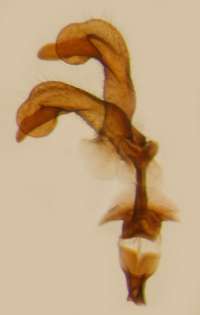 | Photo by: Bo Sullivan
Jones Co.
Comment: male, 6.1 mm |
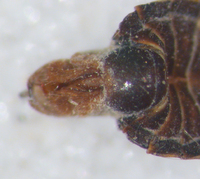 | Photo by: Bo Sullivan
Jones Co.
Comment: male, 6.1 mm |

 »
»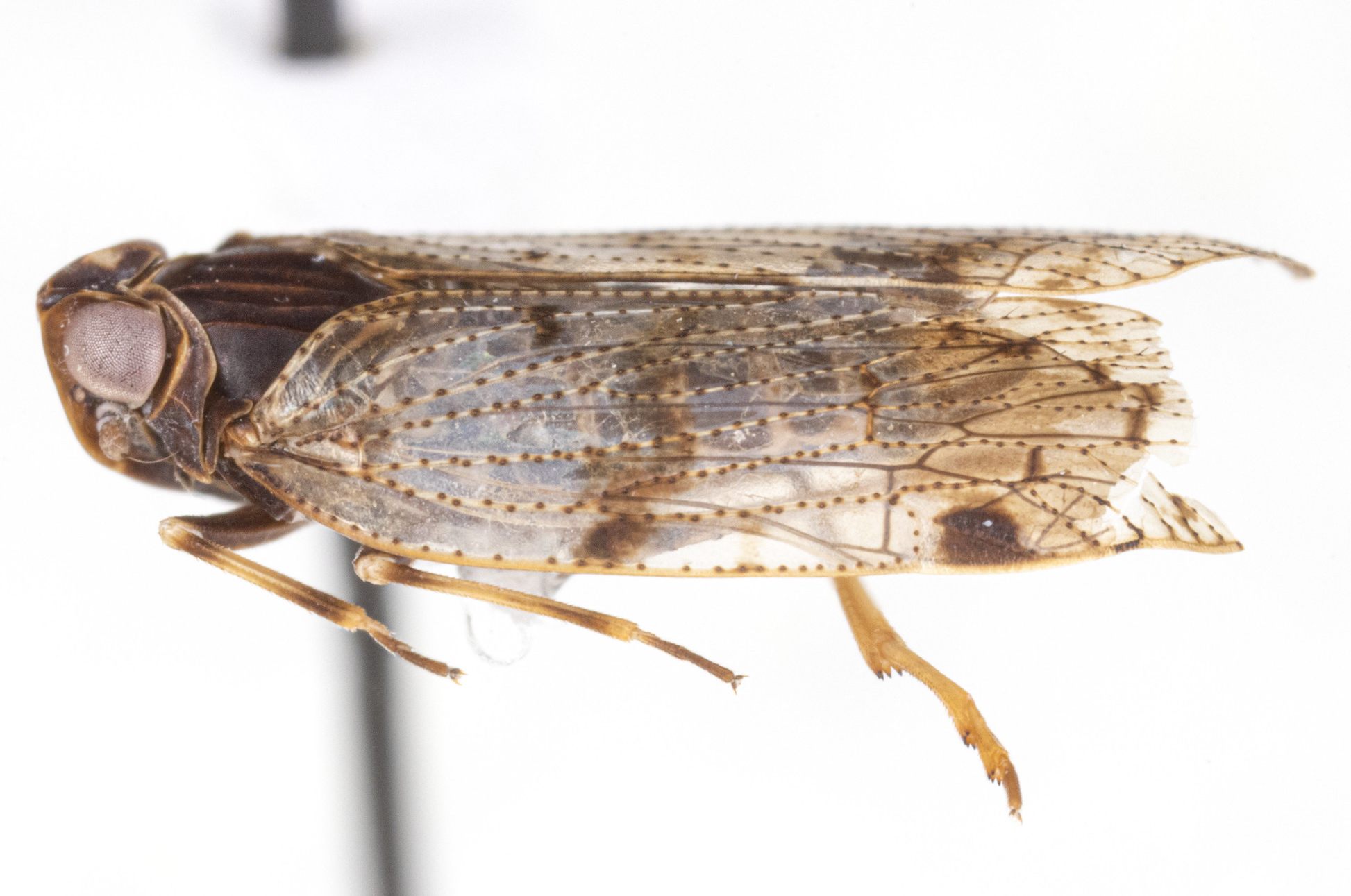


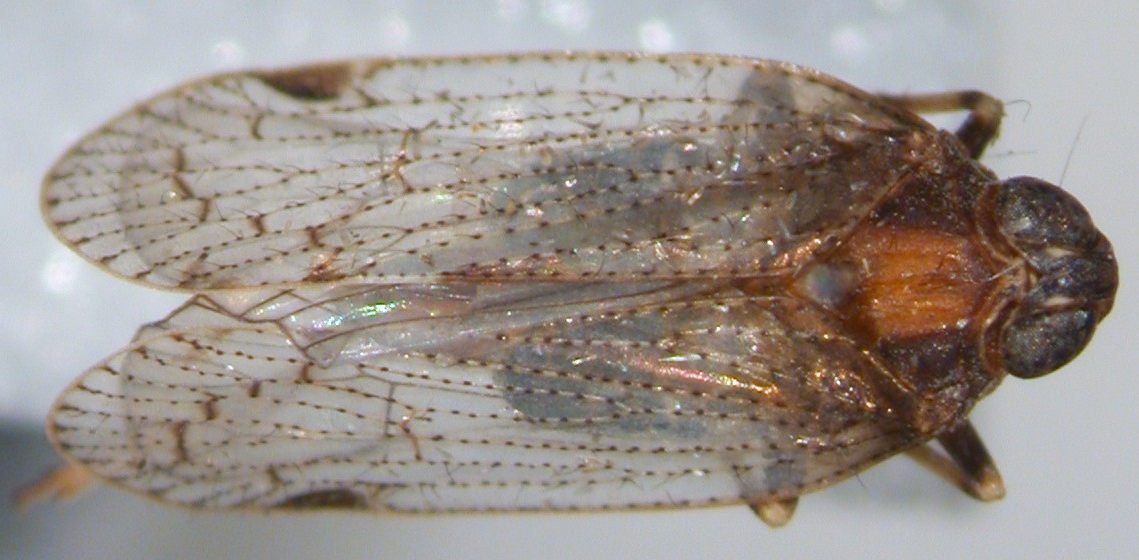

 »
»


